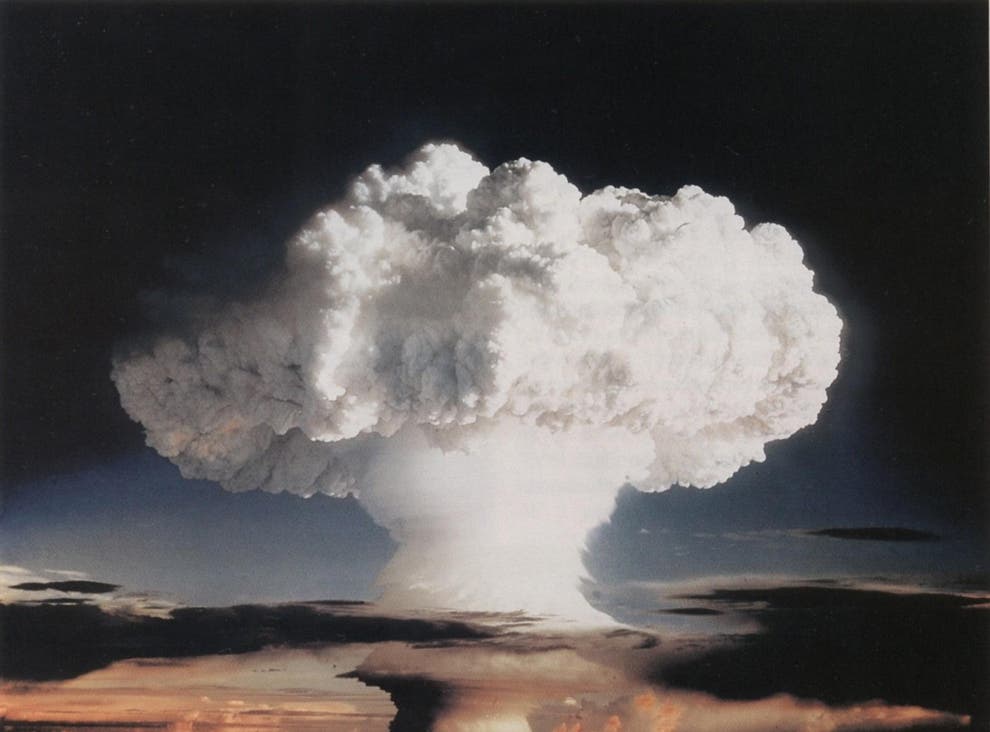Louis Alexander Slotin, the renowned Canadian scientist, tragically lost his life to excessive radiation nine days after he bravely intervened in a critical incident involving a nuclear bomb.
Slotin, known for his tireless work ethic and profound love for chemistry, dedicated his life to his scientific pursuits. In 1937, at the young age of 27, he joined the University of Chicago as a researcher, receiving modest pay that required financial support from his father for two years. Slotin actively participated in various notable projects and made significant contributions to radiobiology research. His expertise caught the attention of the Manhattan Project, the United States’ initiative for developing nuclear weapons, leading to an invitation to join the project.
Within the Manhattan Project, Slotin’s responsibility was to determine the mass criticality of uranium and plutonium cores. He performed crucial tasks such as assembling two beryllium hemispheres with plutonium cores at their center, marking the initial stages of the fission reaction. The objective was to carefully observe the behavior of the materials, noting whether a chain reaction occurred or if it required adjustment. This process involved repeatedly adding or reducing materials until the desired mass criticality was achieved.
On the day of the incident, Slotin accidentally dropped a screwdriver, unaware that it had fallen near the nuclear material. The two pieces of nuclear material unexpectedly came into contact, triggering a dangerous situation. As the fissile material emitted intense heat waves, it neared the brink of exploding. Slotin immediately felt a sour taste in his mouth and experienced severe pain in his left hand, indicating radiation exposure. Reacting swiftly, he used his hand to lift the beryllium hemisphere and tossed it to the ground, effectively averting a nuclear catastrophe. Slotin had single-handedly prevented a small atomic bomb from detonating.
Following the incident, Slotin remarkably instructed his colleagues to reposition themselves and calculate the amount of radiation exposure each person had received. This information was crucial for the subsequent steps of the process. Intriguingly, another laboratory assistant, Harry K. Daglian, also fell victim to the dangerous Plutonium Core, which was later infamously referred to as the “Demon Core.”
Tragically, nine days after the incident, Slotin succumbed to the effects of excessive radiation. He was posthumously hailed as a hero for saving the life of his colleague and potentially even an entire city.
The inherent dangers of scientific experiments are not uncommon, yet many scientists willingly undertake such risks in their pursuit of knowledge. Experiments, essential for human innovation and progress, represent the most potent and effective means of conducting scientific research and development.
